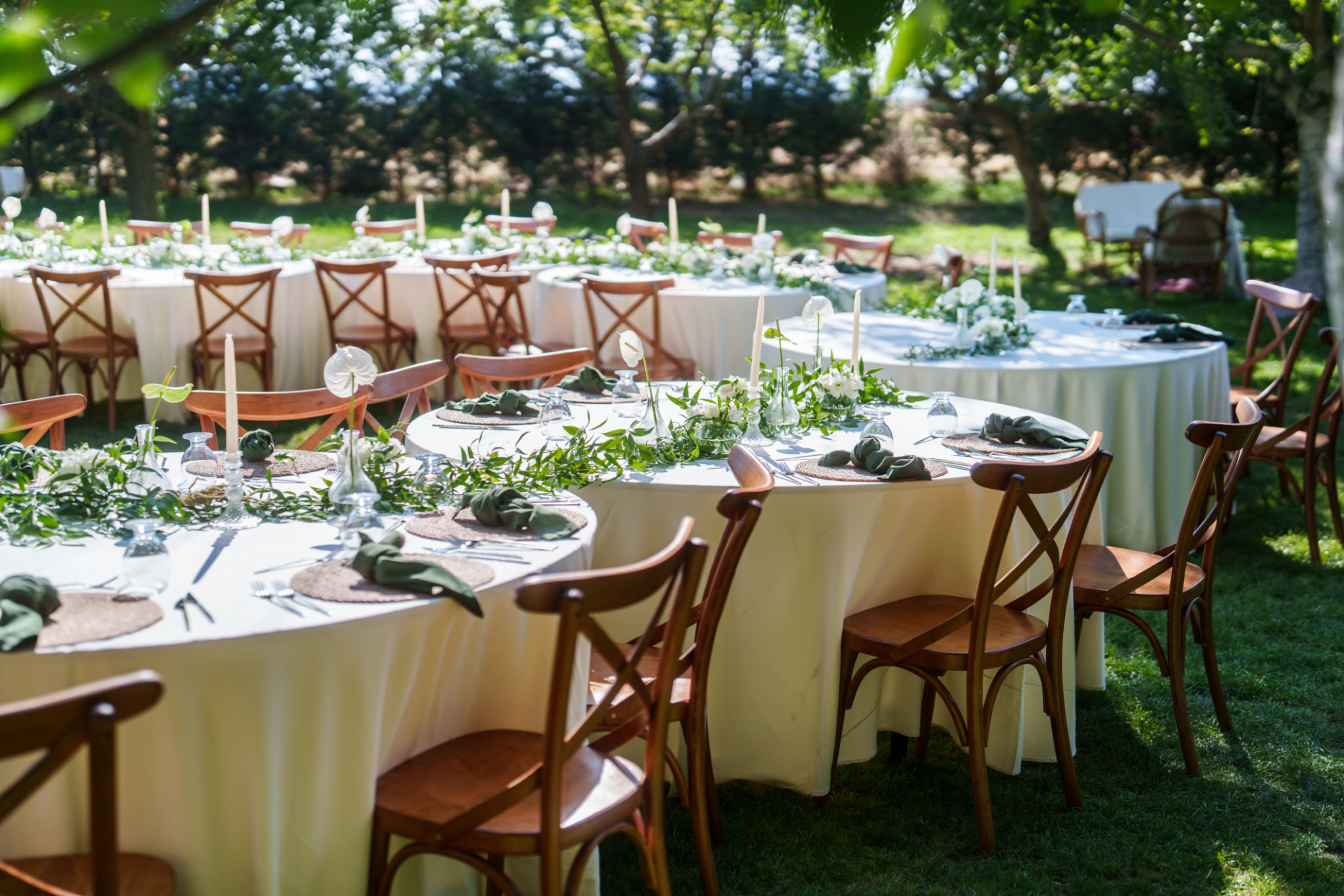Common Wallpaper Installation Mistakes and How to Avoid Them
Preparation is Key
One of the most common mistakes in wallpaper installation is neglecting proper preparation. Before you even think about applying wallpaper, ensure that your walls are clean, dry, and smooth. Any dust, grease, or uneven surfaces can lead to poor adhesion and an unattractive finish. To avoid this, thoroughly wash and sand your walls, filling any holes or cracks to create a perfect canvas for your wallpaper.
Another crucial aspect of preparation is measuring your walls accurately. Misjudging the size of your wall space can result in ordering too little or too much wallpaper. Use a tape measure to calculate the height and width of each wall, and don't forget to account for windows and doors.

Choosing the Right Wallpaper
Choosing the wrong type of wallpaper for your room is a frequent error. Consider the environment where the wallpaper will be installed. For instance, bathrooms and kitchens require moisture-resistant options, while bedrooms and living rooms have more flexibility in choice. Understanding the room's requirements will help you select a suitable wallpaper type.
Additionally, consider the pattern and color of your wallpaper. Bold patterns might look appealing in a store but could overwhelm a small room. Conversely, intricate designs might get lost in larger spaces. Always ask for samples and test them in your room to see how they look under different lighting conditions.

Avoiding Misalignment
Misalignment is a common issue that can ruin the look of your wallpapered room. To avoid this, start applying the wallpaper from the center of the wall and work your way outwards. This technique helps in achieving a balanced look, especially if you're dealing with patterned wallpaper.
Furthermore, ensure that all wallpaper strips are hung straight. Use a plumb line or spirit level as a guide while hanging each strip. This will prevent any slanted application that could disrupt the pattern continuity and overall aesthetics.

Proper Adhesive Application
The application of adhesive is another area where mistakes frequently occur. Using too much or too little adhesive can lead to bubbling, peeling, or even damage to the wallpaper. Always follow the manufacturer's instructions regarding the amount and type of adhesive required for your specific wallpaper.
If you're using pre-pasted wallpaper, make sure to soak it for the appropriate amount of time to activate the paste. For unpasted options, apply an even coat of adhesive to both the wallpaper and the wall for optimal results.
Ensuring a Smooth Finish
A smooth finish is essential for professional-looking wallpaper. One effective way to achieve this is by using a smoothing brush or roller to remove air bubbles as you apply each strip. Start from the center and work your way outwards to push any trapped air towards the edges.
Finally, trim any excess wallpaper at the ceiling and floor edges using a sharp utility knife. Take care not to cut too close to the wall, as this can damage both the paper and the wall surface.

Post-Installation Tips
Once your wallpaper is installed, allow it to dry completely before moving furniture back into place or hanging any artwork. This usually takes about 24-48 hours, depending on room conditions.
Regular maintenance can also prolong the life of your wallpaper. Gently dust it with a soft cloth or vacuum with a brush attachment to keep it clean. By following these tips and avoiding common pitfalls, you can enjoy beautifully wallpapered spaces that enhance your home's interior design.
